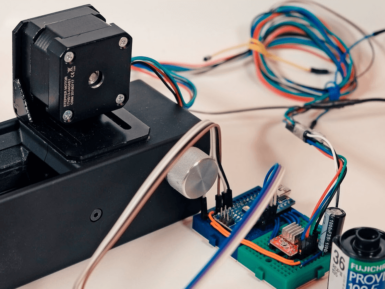
Overview
Different from traditional analog light sensor, as Grove - Light Sensor, this digital module features a selectable light spectrum range due to its dual light sensitive diodes: infrared and full spectrum.
You can choose among three detection modes when taking your readings. There is infrared mode, full spectrum and human visible mode. When running under the human visible mode, this sensor will give you readings within the range of light spectrum that the eye can pick up.
Features
-
Selectable detection modes
-
High resolution 16-Bit digital output at 400 kHz I2C Fast-Mode
-
Wide dynamic range: 0.1 - 40,000 LUX
-
Wide operating temperature range: -40°C to 85°C
-
Programmable interrupt function with User-Defined Upper and lower threshold settings
Tech specs
Specifications
|
Items |
Min |
Typical |
Max |
Unit |
|
Supply voltage, VDD |
3.3 |
5 |
5.1 |
V |
|
Operating temperature |
-30 |
\ |
70 |
℃ |
|
SCL,SDA input low voltage |
-0.5 |
\ |
0.8 |
V |
|
SCL,SDA input high voltage |
2.3 |
\ |
5.1 |
V |
Get Inspired

While taking photos today is normally a digital affair, there is a wealth of visual information stored on film negatives. Digitization is possible, but it tends to be rather time-intensive, so photographer/hacker Seckin Sinan Isik decided to automate the process. His setup uses a film carrier augmented with a stepper motor and belt drive to advance the 35mm film under a tripod-mounted digital camera. This is controlled by an Arduino Nano, with the camera’s view shown via a video capture device on a nearby computer. In one mode, the user can adjust the film position semi-manually using pushbuttons, then scan the negative. The whole process can also be automated, with a Python computer vision routine. More details on the project can ben found in Isik's PetaPixel article here.





